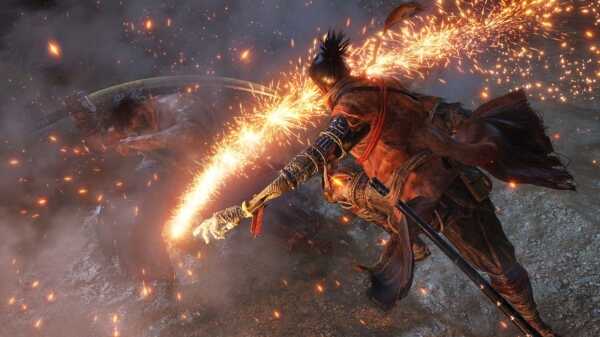
Introduction to Sekiro: Shadows Die Twice
FromSoftware’s Sekiro: Shadows Die Twice isn’t just another action game – it redefines the high-stakes of samurai combat with punishing timing, fluid movement, and a narrative steeped in Sengoku-era intrigue. Released in 2019, Sekiro challenged players to master posture, lethal stealth, and dramatic boss duels. In 2025, the game continues to thrive, bolstered by new patches, community interest, and now even an upcoming anime adaptation. Join me as we explore what makes Sekiro stand out and how you can play the game for free right on your mobile device or PC.
Key Features of Sekiro: Shadows Die Twice
- Core Gameplay & Combat: At its heart, Sekiro is about managing posture, timing counters, and punishing mistakes. Rather than heavy equipment builds or magic, you rely on precision parries and tactical aggression. Mistiming a parry or overextending can leave you vulnerable — but nailing the rhythm delivers satisfying, high-stakes outcomes. Movement is nimble: grappling, stealth traversal, and vertical navigation play major roles. Your prosthetic arm (with upgrades) adds variety — from grappling to fire or poison tools.
- Boss Encounters & Replayability: Boss fights in Sekiro are legendary — they are intricate duels requiring study, adaptation, and resilience. Each boss has deep combos, posture toggles, and phases that force new strategies.
After launch, Sekiro received a free update that introduced Reflections of Strength (boss rematches) and Gauntlets of Strength (rush-mode boss challenges). This ensures even veterans can revisit and test new patterns or aim for cleaner runs. - Remnants & Asynchronous Player Interaction: A standout feature added post-release is the Remnants system, where players can leave short gameplay recordings for others, or record segments demonstrating strategies. These fragments act as “hints in motion” — ideal for tricky sections or boss phases. It feels more organic than static hints or NPC tips.
- Cosmetic Skins and Customization: Although Sekiro deprioritizes loot grind, it does offer unlockable aesthetic options (skins / outfits) that let you tailor Wolf’s appearance. These are non-gameplay altering, keeping balance intact. After the free update, more outfit variants became available, giving players visual flair without compromising challenge.
- Persistent Updates & Balancing: Even years after launch, patches refine Sekiro’s balance and performance. For example, Patch 1.03 tweaked enemy vitality, posture, and tool effects (e.g. increased Sabimaru poison build). Newer updates also adjust drop rates (such as Divine Confetti) and correct typos or UI inconsistencies.
- Rich Lore & Immersive Setting: Sekiro’s narrative takes place in a fictionalized late Sengoku Japan, with mystical elements, political factions, and mythic undertones. Your role as “one-armed wolf” protecting the Divine Heir Kuro entangles you in forces beyond what a mortal warrior should face. Moral choices and multiple endings (e.g. Immortal Severance, Purification, Return) give weight to your journey.
UX & UI in Sekiro: Shadows Die Twice
One of Sekiro’s quiet strengths lies in how its user experience (UX) and user interface (UI) reinforce the game’s tone: minimalist, tense, and focused on mastery rather than hand-holding.
Minimalist, Contextual HUD
Sekiro avoids clutter. The heads-up display (HUD) shows only what’s necessary:
- Health bar (bottom left) tracks your vitality.
- Quick item slot and active prosthetic tool indicator reside on the bottom right, letting you see what’s ready to use without opening menus.
- During fights, the posture gauges (yours and the enemy’s) appear, along with the enemy’s health bar. These fight-specific indicators vanish when not needed.
- Two pink/red circles above the health bar represent your available resurrection “charges.” One refreshes at idols, another by defeating enemies.
Because Sekiro’s interface is largely context-sensitive, it keeps your screen clean during exploration and only surfaces critical info when required. This supports immersion by reducing distraction. A UX analysis of Sekiro highlights that there is no minimap or quest tracker, which forces players to explore and orient themselves organically.
UX Trade-offs & Design Philosophy
Sekiro’s UX is designed with tension and learning in mind:
- Limited onboarding and ambiguous cues: The game doesn’t always explain mechanics fully or early; part of the experience is discovery and puzzle-learning by failure.
- Interruptive popups: Some UX critiques note that occasional tutorial popups (for posture, deflection, etc.) can distract or break flow in the heat of combat.
- Deliberate opacity: Since Sekiro avoids flooding you with tooltips or overlays, you are encouraged to experiment, observe the environment, and internalize mechanics.
Example of UX in action
Suppose you are venturing across Ashina Castle. There is no mini-map arrow guiding you to the next idol. Instead, you must parse the level geometry, grappling points, subtle visual cues such as rooftops, eaves, and pathway lines, while relying on your own sense of direction. This absence of navigation prompts heightens tension and exploration but demands more spatial awareness. In combat, posture bars and enemy health appear only when an enemy is engaged. This keeps fights visually focused and avoids distracting you with permanent overlays.
Disadvantages of Sekiro: Shadows Die Twice
While Sekiro is broadly praised, it also has drawbacks that some players will find significant. Knowing these downsides helps set expectations and address criticism fairly.
- Very Steep Difficulty Barrier: One of the most common criticisms is that Sekiro demands near-perfect timing from the very start. Many attacks are unforgiving, and misjudging a deflection window often results in instant death. The learning curve can alienate casual players or those used to more forgiving action games.
- Limited Weapon Variety and Gameplay Diversity: You primarily wield one katana and supplement it with prosthetic tools. This limitation means there is less build diversity compared to RPGs or more systems-rich action games. Over time, some players feel the game becomes mechanically repetitive with the same tools and rhythm, particularly in replay runs.
- Weak Stealth Mechanics and Exploitability: Although Sekiro includes stealth mechanics, critics note these feel tacked on and sometimes inconsistent. You can exploit patrol AI by killing enemies out of sight even when guards are nearby. Grabs from corners, ledges, or stealth animations sometimes feel clunky or unresponsive.
- Camera and Visual Framing Issues in Boss Fights: Large boss models and chaotic environments can obstruct your view. In some fights, camera conflicts make it difficult to read animations or telegraphed moves. Especially when bosses move quickly or change orientation, your lock-on can break or the frame shifts awkwardly.
- Sparse Narrative Depth and Reused Zones: Some reviews argue the story is serviceable but not especially novel. Additionally, certain areas are revisited more than once, such as multiple passes through Ashina Castle, which can create a sense of repetition in world traversal.
- No Multiplayer or Cooperative Options: Unlike many modern games or even other Souls titles, Sekiro is strictly single-player. There is no PvP, no message system, and no summoning of allies. This means there are no shared hints, no co-op strategies, and no online interactivity, which some fans miss in a game so focused on skill.
How to Download and Install Sekiro: Shadows Die Twice for PC and Mobile APK
For PC
- Click the Download button below and you should be redirected to Links.
- Download The Game from the given link.
- When the game is downloaded Double click the game folder and run the Pre-Installed (Already installed) Game and play it.
- Have fun and play! Make sure to run the game as administrator and if you get any missing dll errors, look for a Redist or _CommonRedist folder and install all the programs in the folder.
For Mobile APK
- Go to modlegen.com and search for Sekiro: Shadows Die Twice.
- Click the “Download Now” button to start downloading.
- Open GameHub Emulator, In the main interface, select Local Files.
- Click the “Import” button and select the Sekiro: Shadows Die Twicefile. GameHub will add the game to your library.
- Click the “Import” button and select the Sekiro: Shadows Die Twice.exe file. GameHub will add the game to your library.
Set up the settings compatible with your device and start playing. (If you don’t know how to use GameHub Emulator, see here)
Tips for Playing Sekiro: Shadows Die Twice
Here are some practical, battle-tested tips to help you survive tougher encounters, polish your skill, and make your progression smoother:
- Use “Hold Block” to Learn Timing: In early fights, instead of trying to parry right away, hold your block (L1 / LB or the block button) and absorb attacks while observing enemy animations. This gives you a safer window to learn move patterns. Once you’re comfortable, begin deflecting (parrying) those attacks. For example: when facing standard Ashina foot soldiers, block a few swings to see how they wind up or recover, then start timing your deflections.
- Master the Mikiri Counter (Countering Thrusts): One of the most powerful tools in your kit is the Mikiri Counter, which lets you dodge into a thrust attack (rather than away) and strike back. Many mini-bosses rely heavily on thrusts. If you see an enemy lunging forward with a spear or straight stab, dodge toward them at the right moment to trigger the counter. Practicing this early dramatically reduces damage from those dangerous attacks.
- Sneak & Stealth Kills Are Real Advantages: Treat yourself as a shinobi: use stealth to your advantage. Sneak attacks can often remove one death blow from mini-bosses before the main fight begins. For example: in a room with two enemies, crouch behind cover or approach quietly, take out the secondary guard first, then assassinate the main threat—leading to a one-on-one duel on your terms.
- Practice Against Hanbei the Undying: Hanbei, located near the Dilapidated Temple, is an unkillable NPC you can spar with as much as you want. Because he doesn’t die, he’s perfect for testing new techniques, timing, or prosthetic tools without risk. Whenever you unlock a new skill or prosthetic tool, fight Hanbei to internalize the timing and feel before using them in tense boss fights.
- Use Coin Purses to Protect Your Sen (Currency): When you die (without resurrection available), you lose half your sen (gold). To mitigate this, invest in coin purses at idols—they safeguard some of your money. Though purses cost slightly more than their face value, frequent deaths make them worth it—better to lose a little to preserve access to upgrades than lose everything.
- Don’t Waste Spirit Emblems—Stock Up Wisely: Spirit Emblems fuel your prosthetic weapons (like Firecracker, Flame Vent, etc.). Running out at a critical moment can cost you a fight. Use leftover sen at idols to always keep a modest reserve. In practice: after finishing a fight and heading to a nearby idol, if you’ve got, say, < 100 sen, spend it on Spirit Emblems so you’re never caught empty-handed.
- Accept Death as a Learning Tool: Sekiro is brutal, and death is frequent. Instead of treating every death as failure, view it as an opportunity to observe enemy patterns or adjust timing. When you die, take note: Which attack caught me off guard? When did I panic? Was there a longer recovery animation I could exploit next time? This mindset shift helps you grow.
FAQs
1. Can you replay bosses in Sekiro?
Yes. The free update added Reflections of Strength, letting you rematch any defeated boss.
2. Does Sekiro have multiplayer or co-op?
No. Sekiro is a strictly single-player experience with asynchronous features like Remnants.
3. How do outfits work in Sekiro?
Outfits are cosmetic only and unlock after completing certain challenges or Gauntlets.
4. What is the Gauntlet of Strength?
It’s a boss rush mode where you face multiple bosses in a row, testing endurance and mastery.
5. Are there difficulty options in Sekiro?
No traditional easy/hard modes, but mechanics like Kuro’s Charm and Bell Demon alter difficulty.
Whats News
- Adjusted drop rate for Divine Confetti in Ashina Castle
- Increased poison buildup of the Sabimaru tool against weak enemies
- Reduced vitality & posture of Blazing Bull for better pacing
- Minor fixes: tutorial text, loading screen tips, item prices, UI inconsistencies
- Votes: 1
- Comments: 0
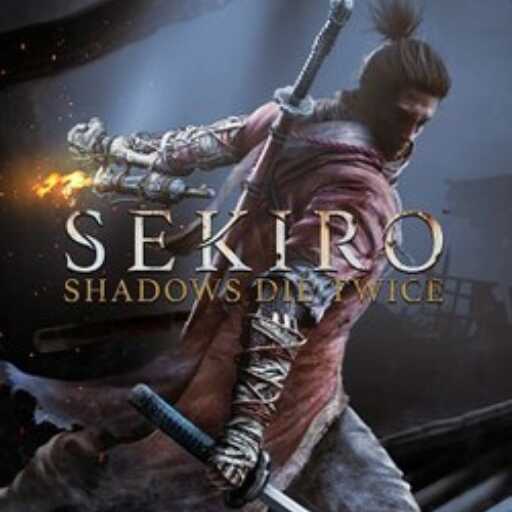
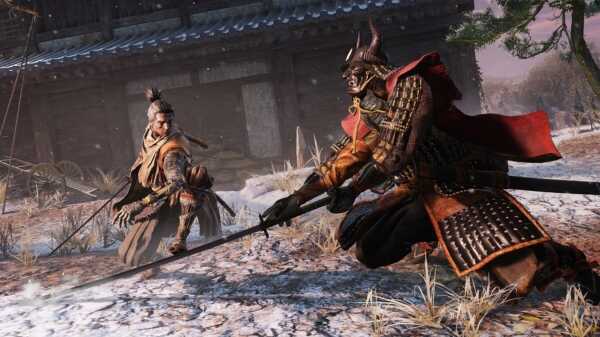
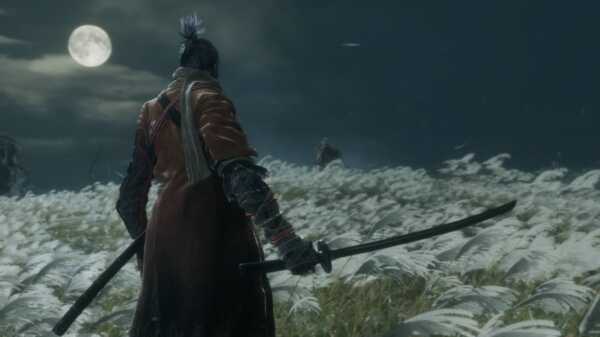
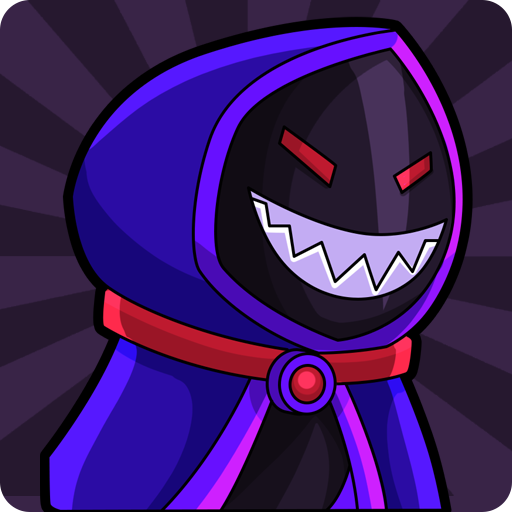

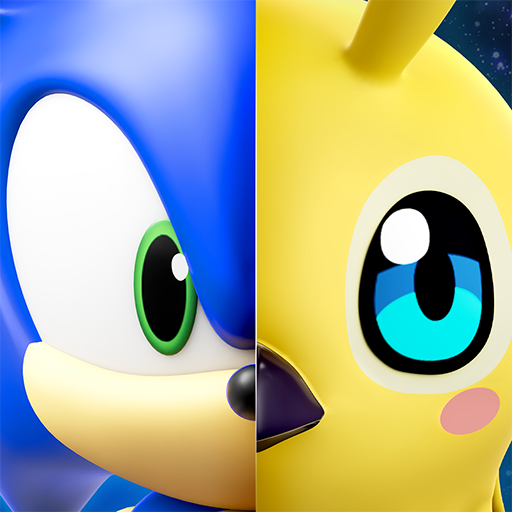
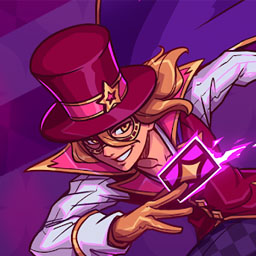
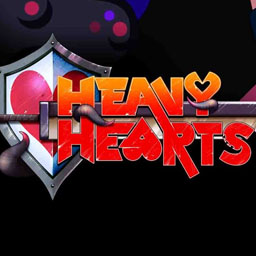
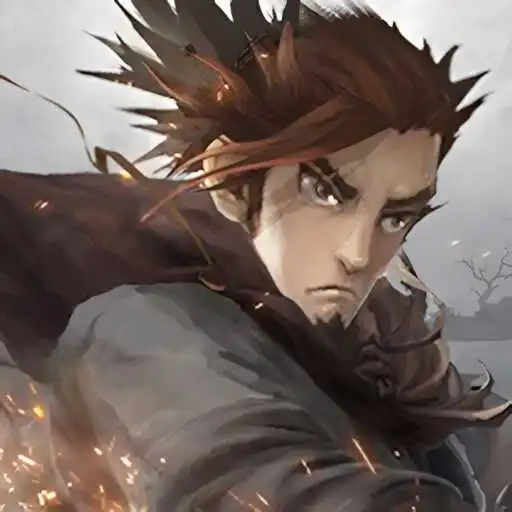
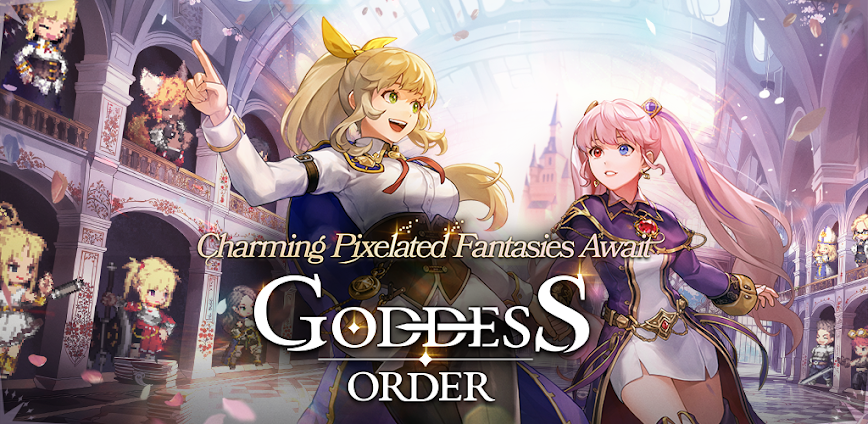
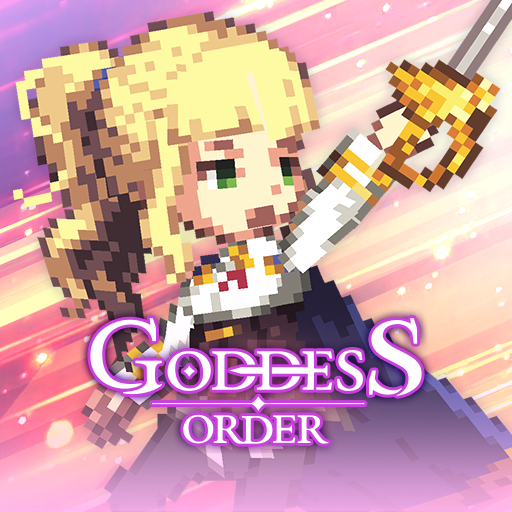
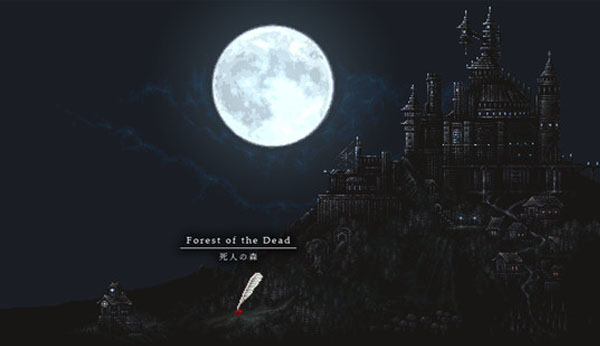
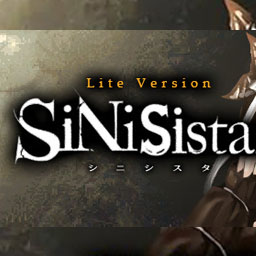
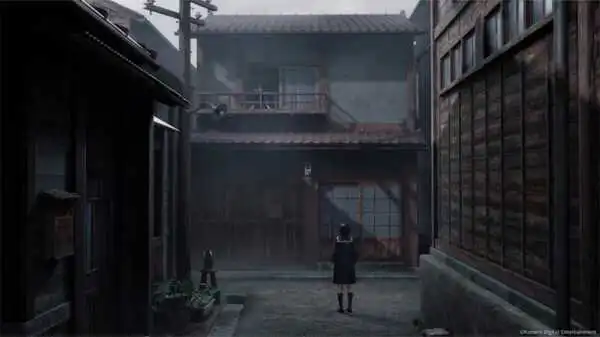
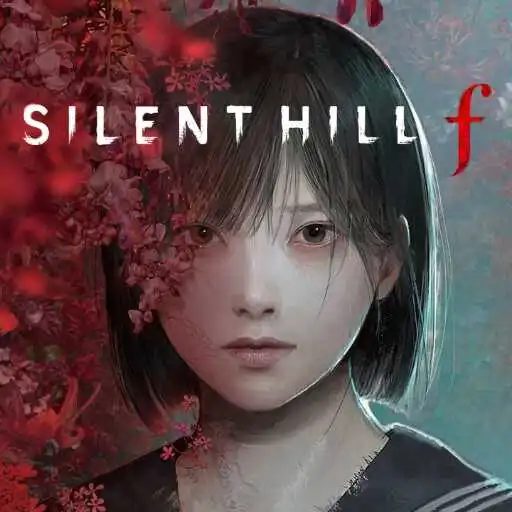
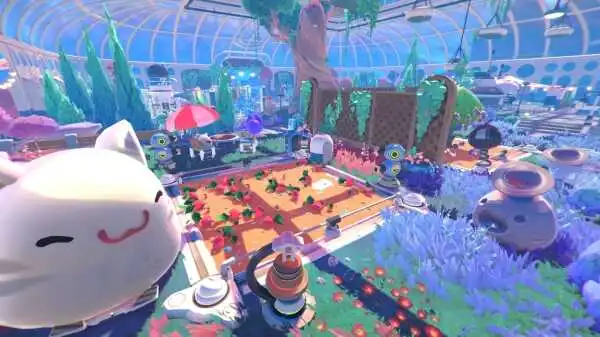
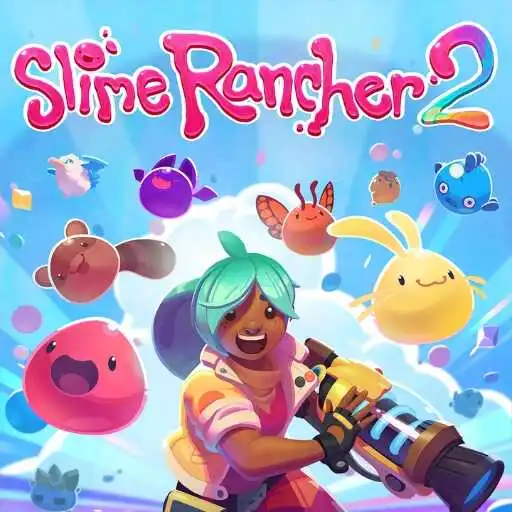

There are no comments yet :(